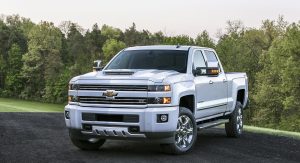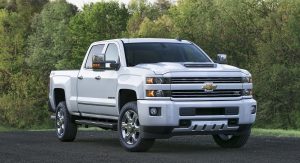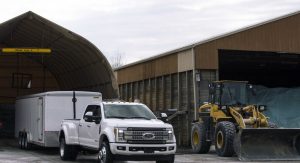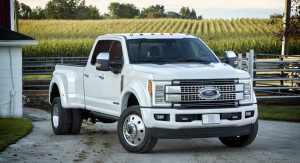Back in 2011, EPA and NHTSA set standards to reduce greenhouse gases and improve fuel economy for model years 2017 – 2025.
Their intention was to have all automakers meet, among other criteria, a 54.5 mpg (4.3 lt/100 km) average fuel economy (trucks and cars combined) target by 2025, but a new EPA report suggests that buyer preferences for SUV and trucks will deem the initial plan unreachable.
The automakers have all the necessary expertise to comply with the corporate average, as the government agencies said in the statement that the auto industry is “adopting fuel economy technologies at unprecedented rates”, and that “car makers and suppliers have developed far more innovative technologies to improve fuel economy and reduce GHG emissions than anticipated just a few years ago.”
The report goes on saying how car companies met current regulations exactly how the government has predicted, and that new improvements in efficiency won’t make standard gasoline engines rely heavily on hybrid and electric sales to achieve the 54.4 mpg goal.
But even with all these positives, government officials say the initial plan is off the table, as lower gasoline prices have kept demand for SUVs, trucks and crossovers higher than originally anticipated.
In other words, the advances in fuel economy tech won’t be reflected in the fleet averages, as Automotive News reports. A new evaluation estimates that the overall fleet average fuel economy for 2025 will be between 50 mpg and 52.6 mpg (4.7-4.5 lt/100 km).











